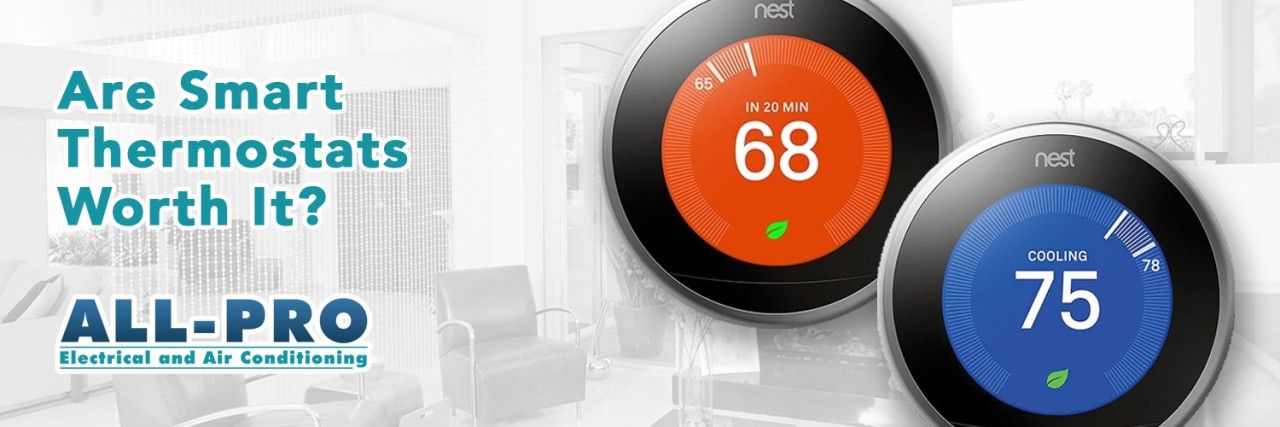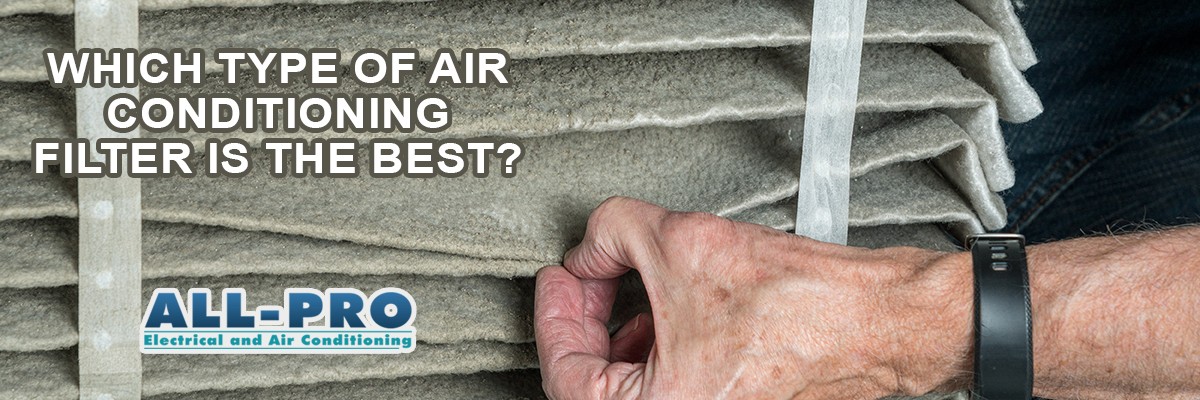Before we get into all that, let’s start by explaining what makes a thermostat smart…
Programable thermostats (thermostats that can adjust the temperature based on a pre-set schedule), have been around, in one way or another, since 1906. So why is everyone, “all of a sudden” (for the past 10 years or so), talking about “smart” thermostats, and what’s so smart about them anyway?!
For a thermostat to be considered “smart”, it just has to be Wi-Fi enabled. The most basic models just allow you to remotely adjust the temperature with a smartphone app. This is great because it allows you to set the thermostat to your desired temperature before leaving work after a 12-hour shift or from the tarmac after a weeklong vacation, while maintaining an energy-saving temperature while you’re away.
The really smart ones “learn” your preferences and routine (mostly through motion sensors) and automatically adjust to an energy-saving temperature when you’re asleep or away. Higher end models use features like geofencing to achieve your desired temperature by the time you get home.
In summary, smart thermostats use motion sensors and geofencing to figure out when nobody is home, and automatically go into energy-saving mode when your house is empty. They also make it extremely easy to set up a sensible heating and cooling schedule. According to real-world data gathered by the EPA, smart thermostats (that meet Energy Star criteria) save users an average of 8% on their electric bills.
For comparison, setting your programable thermostat 7 to 10° higher for 8 hours a day will save you an average of 10% on your electric bill, according to data from the Department of Energy, but research shows that 40 to 70% of programmable thermostat users don’t take advantage of this feature, so they don’t realize the same real-world energy savings as smart thermostat users.
Bottom line, if your schedule is remarkably predictable and you (and everyone else that lives in your house) are really good about turning the thermostat up 7 to 10° when you’re not home (or you’ve programmed your thermostat to do so), if you’re home all day, so that turning the temperature up for 8 hours a day is not reasonable, or if your electric bill is already low, you may not see a huge saving. For the rest of us, a smart thermostat can easily pay for itself by significantly reducing your electric bill.
Other features that might make a smart thermostat a worthwhile investment for you include reports on how often your system runs, reminders to change your air filter, and remote temperature sensors that keep the right temperature, in the right room, at the right time. Some models even allow the utility company to control adjust your thermostat in exchange for discounts or incentives.
That said, some HVAC systems are designed to work better when they run constantly at a fixed temperature, so a smart thermostat may actually work against you, and not all smart thermostats work with all HVAC systems, so your best bet, if you live in Broward or Palm Beach County, is to call All-Pro Electrical and Air Conditioning at 561-988-0460 and let one of our heating and air conditioning specialists guide you towards the best solution for your HVAC system and your lifestyle.












